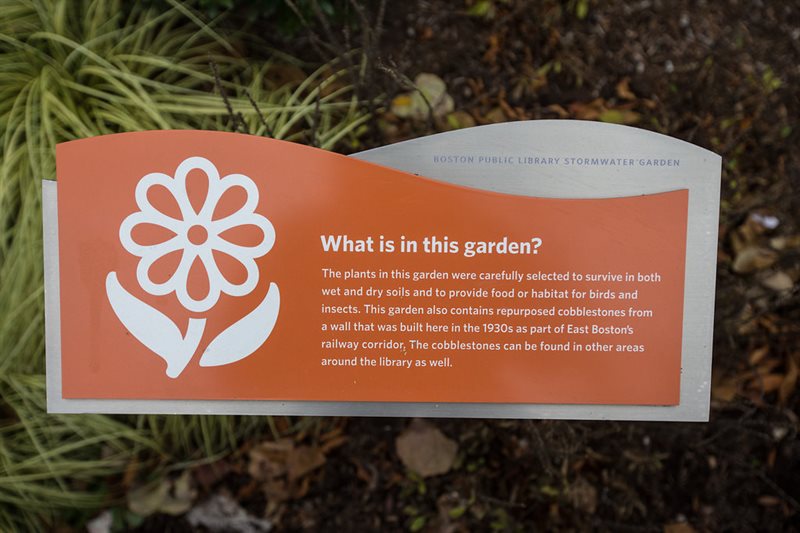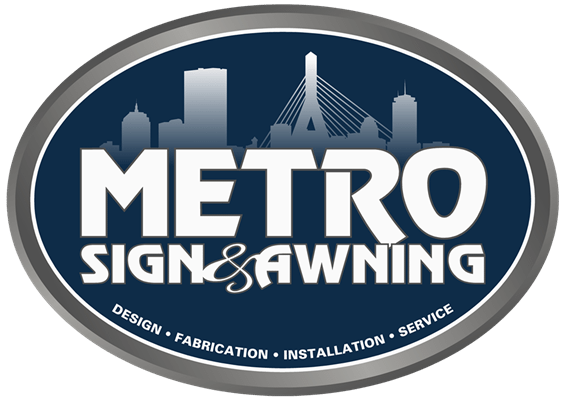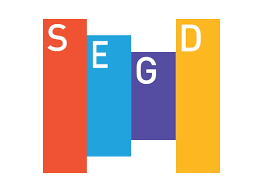Sign Materials Matter: When Plastic is Greener than Wood, and other Environmental Impact Issues
Exterior Signage, Others, Signage Regulations, Signage ROI, Signage TipsPlastics often get a bad rap, but many are environmentally friendly. High-density urethane (HDU) and expanded polystyrene (EPS) are prime examples. In fact, over a sign’s life cycle, some plastics are greener than wood.
Because HDU and EPS suppliers know having minimal environmental impact is a competitive advantage, they manage their manufacturing processes to reduce waste. Also, many manufacturers use a high percentage of post-consumer recycled materials in their products.
Financial and Environmental Benefits of HDU and other Plastic Signage Materials
In addition, from a construction, financial, and environmental viewpoint, the new materials offer tremendous advantages. For example, HDU weighs less than wood, yet is longer-lasting and requires virtually no maintenance. Unlike wood, the new plastics are impervious to water and insects. The signs don’t bow, crack, or expand – and they even look good “raw,” or unpainted. And from the perspective of impact over a sign’s life cycle, plastic can be greener than wood.
Another green benefit: Because the material is lighter than wood and isn’t compromised by water or insects, there’s no need to install concrete pads under most monument signs.
Lighter and longer-lasting than wood, HDU, high density urethane is ideal for many overhead hanging signs. It also works well in exterior wayfinding installations.

A Note about Installing HDU and EPS Signage
Although HDU and EPS are excellent choices for a wide variety of sign installations, their lilgher weight can create some concerns regarding installation.Special care should be taken with large outdoor installations. Proper anchoring is crucial, particularly in windy areas.Partner with firms that have extensive experience in working with lightweight, commercial-grade plastic signage materials.
Sustainable Signs are More than the Sum of their Parts
When considering the environmental impact of a sign, manufacturing, maintenance and life cycle issues are as important as energy consumption.
How often will the bulbs need to be replaced? Will the sign ever need to be painted? Where did the raw materials come from? It may be necessary to to educate your client, or explain to a city official that your sign may be “greener” than it seems at first glance. For example, the environmental impact of manufacturing a sign that lasts for 10 years is about half of one that only lasts for 5 years. Longer-lasting materials mean fewer repair trips, so less traffic on city roads… for many reasons, longer-lasting signs have smaller carbon footprints and less of an environmental impact.
LEDs in illuminated signs generally use less than half of the energy of older fluorescents, and last eight- to ten times longer. Today’s T8 LEDs burn even cooler than the older T5s. Such features can be easy to overlook, but when added together, the green benefits are huge. Increasingly, organizations are beginning to use Sustainable ROI (SROI) calculations that take into account more than financial returns, and factoring in much broader benefits.
Many factors can affect the environmental impact of commercial signage projects. Contact us to discuss your goals.

